You know what’s a lot less interesting than telling people there’s an advanced alien civilization 1,480 light years from Earth that has built a cluster of massive satellites orbiting their parent star? Telling people that there’s not an advanced alien civilization 1,480 light years from Earth that has built a cluster of massive satellites orbiting their parent star.
So, which idea do you think has gotten more buzz in the past few days?
In case you haven’t been paying attention to the advanced alien civilization beat, word has been swirling in a number of publications, including The Atlantic, The Washington Post, Newscientist, and the sober Monthly Notices of the Royal Astronomical Society, that there is something strange going on around the star known as KIC 8462852, in the constellation Cygnus.
Since 2009, the Kepler Space Telescope has been staring fixedly at a small patch of the Milky Way that contains about 150,000 stars. What Kepler is looking for is what is known as occultation—or the periodic dimming and brightening of light coming from the stars. If the flickering happens at predictable intervals, the odds are it is caused by an orbiting planet—or exoplanet, as the ones orbiting other suns are known. The degree of the dimming can also provide clues about the exoplanet’s volume. So far Kepler has discovered more than 4,000 worlds or candidate worlds this way.
But KIC 8462852’s dimming is unusual. The light flickers alright, but irregularly and at different intensities, almost as if the star is being orbited not by an exoplanet or orderly procession of exoplanets, but by a mass of debris of different sizes, speeds and orbital inclinations.
See the Most Iconic Photos in Space Travel History
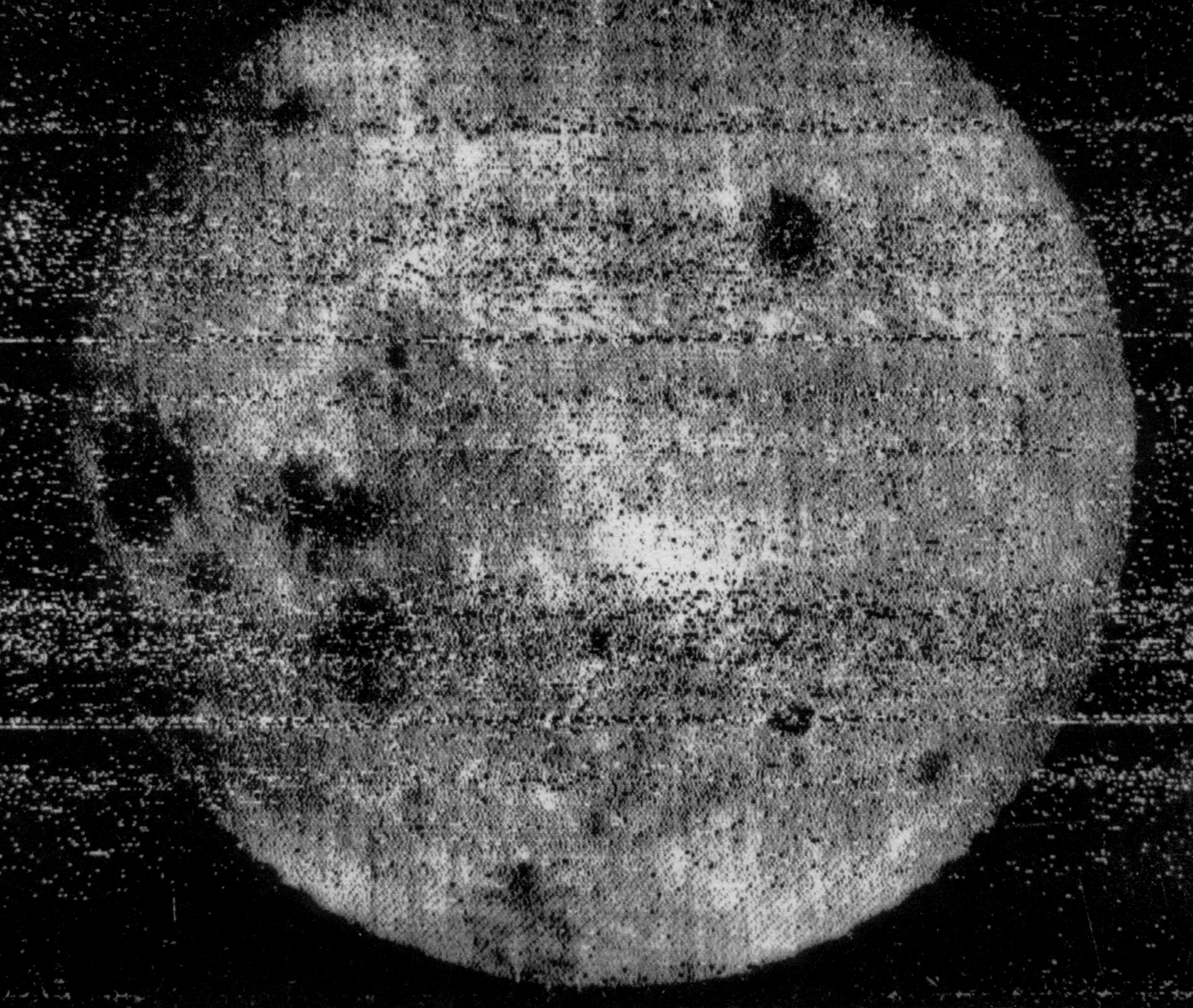
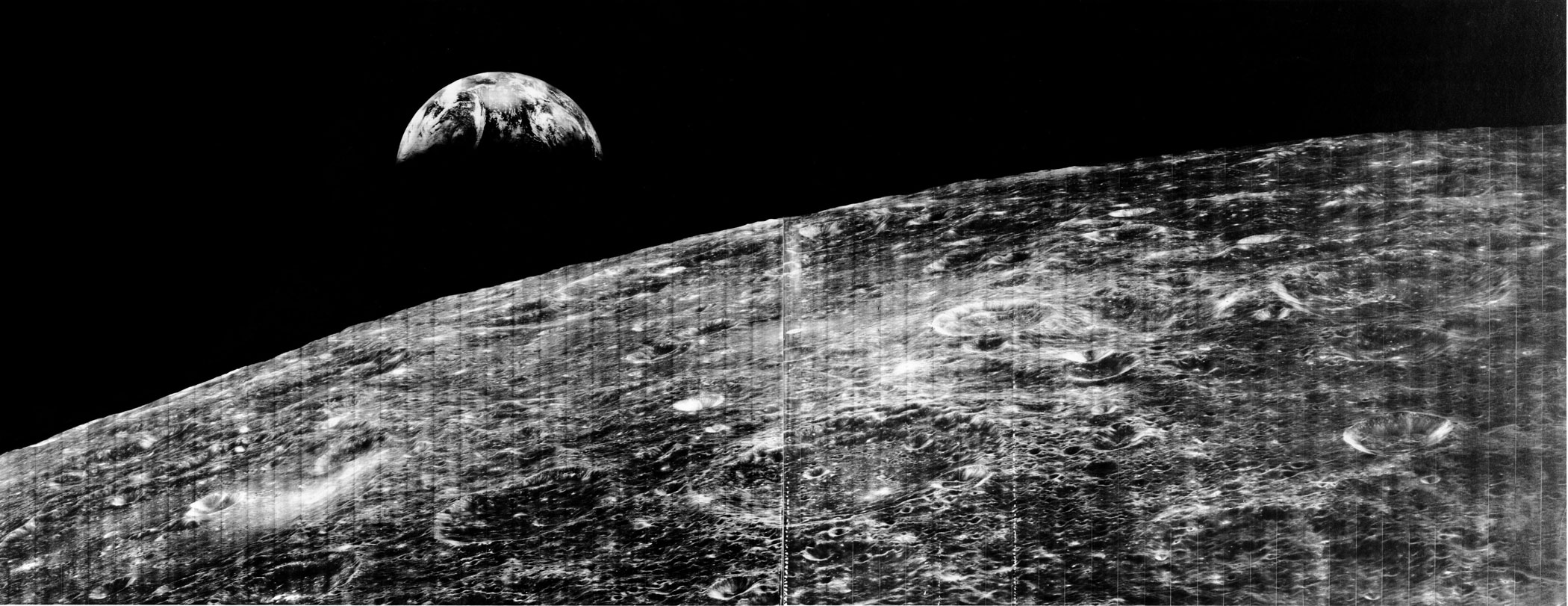





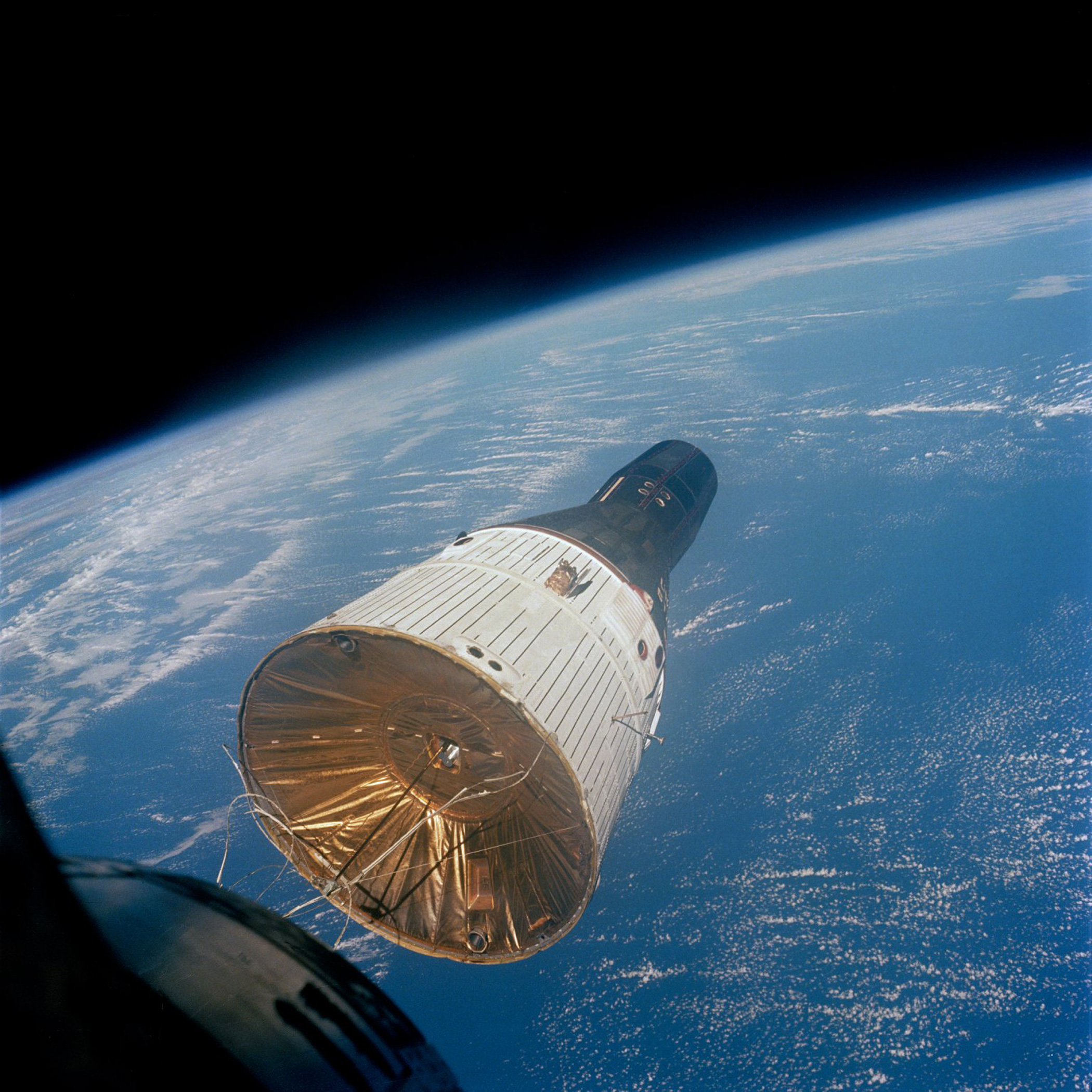


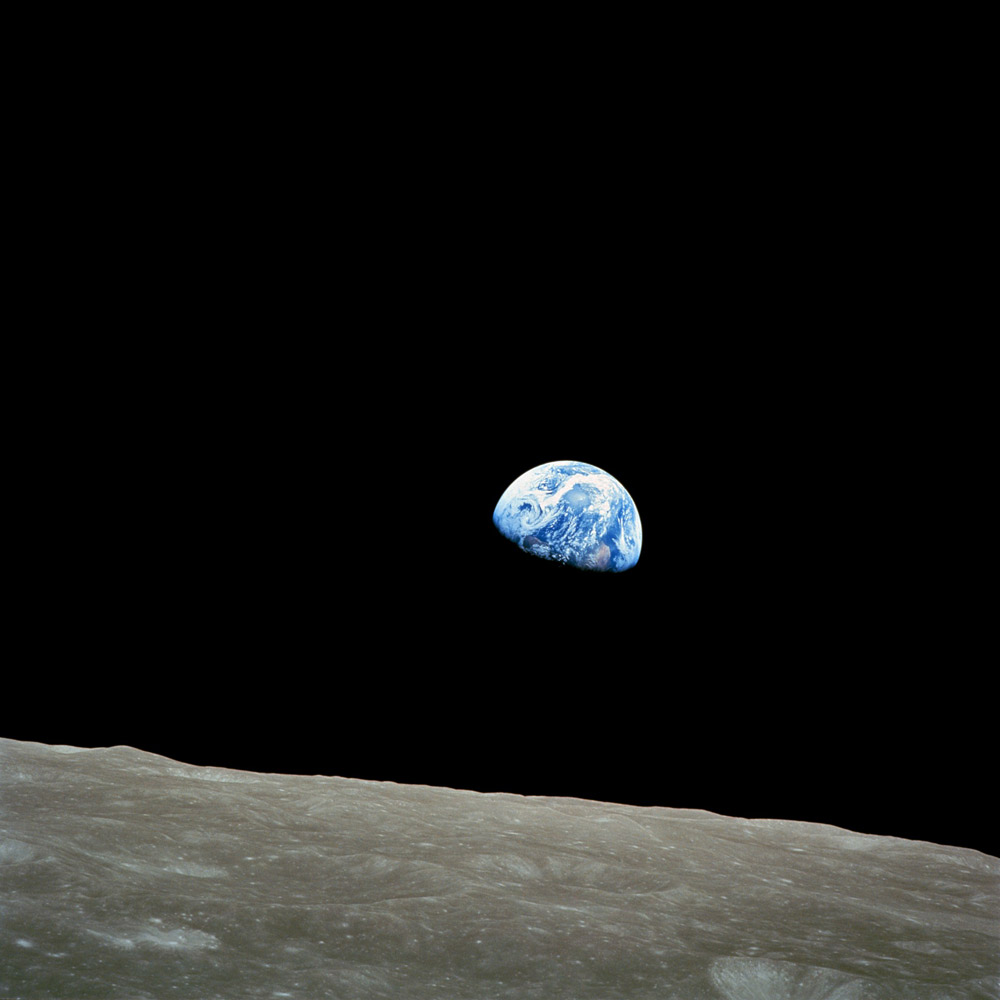

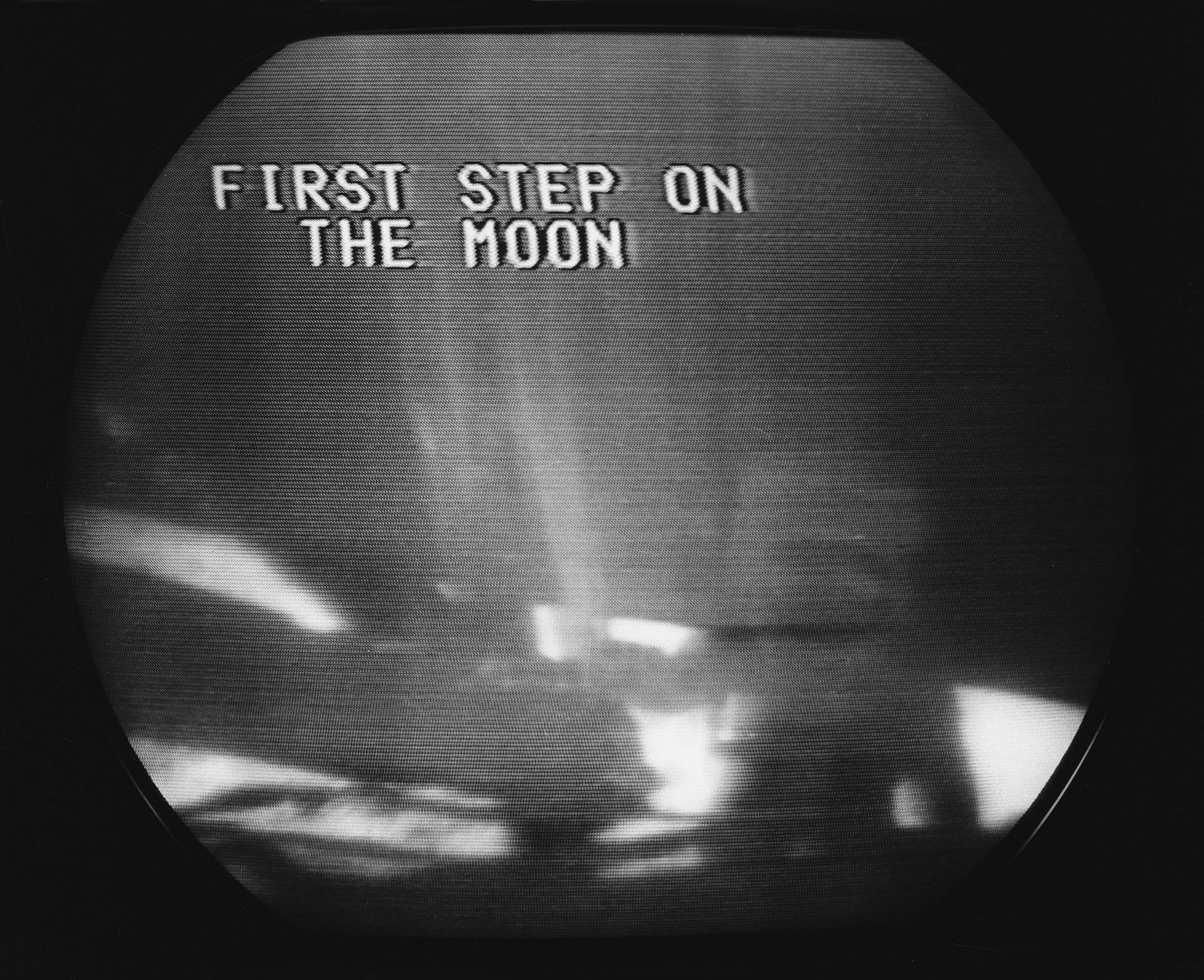
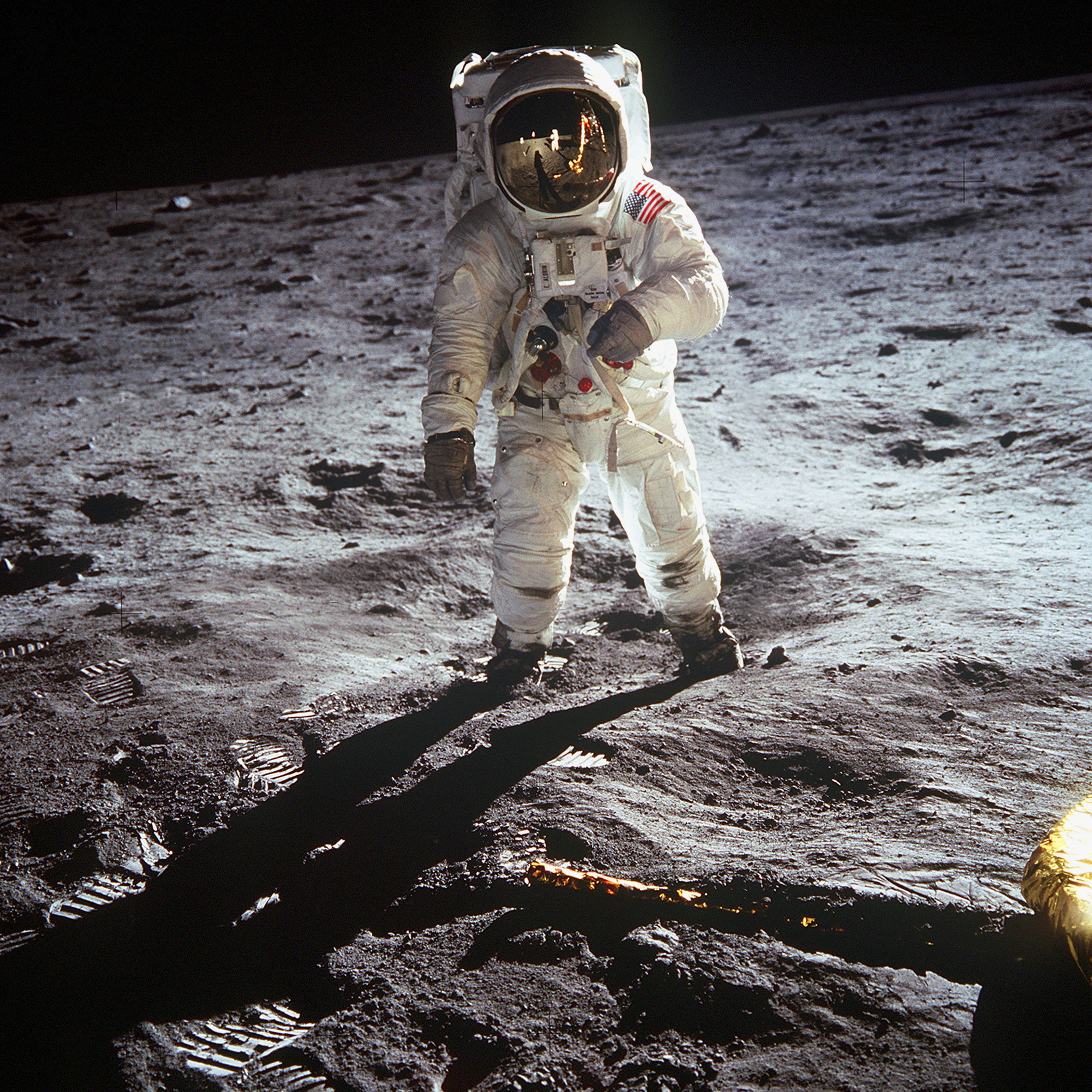
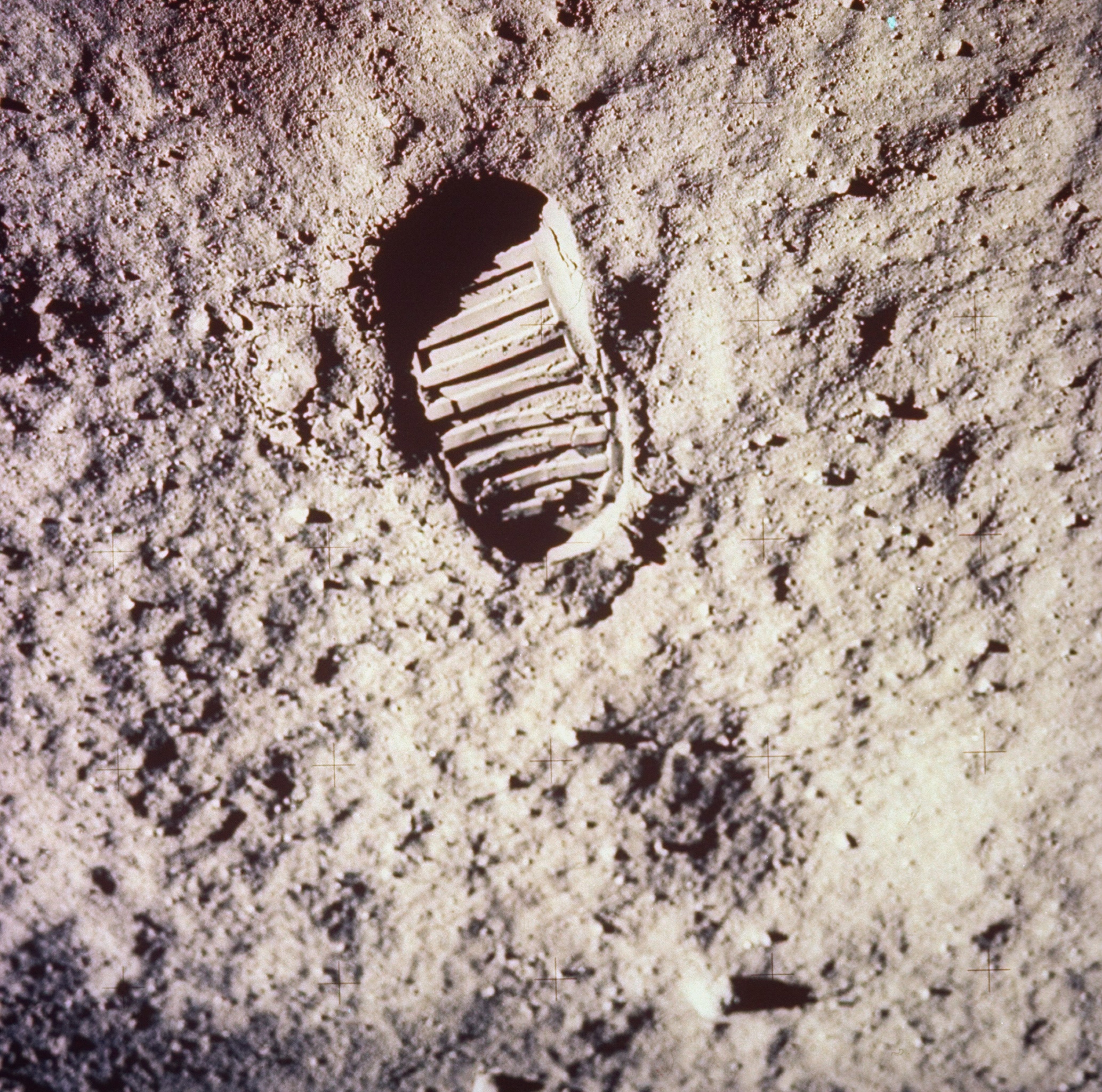
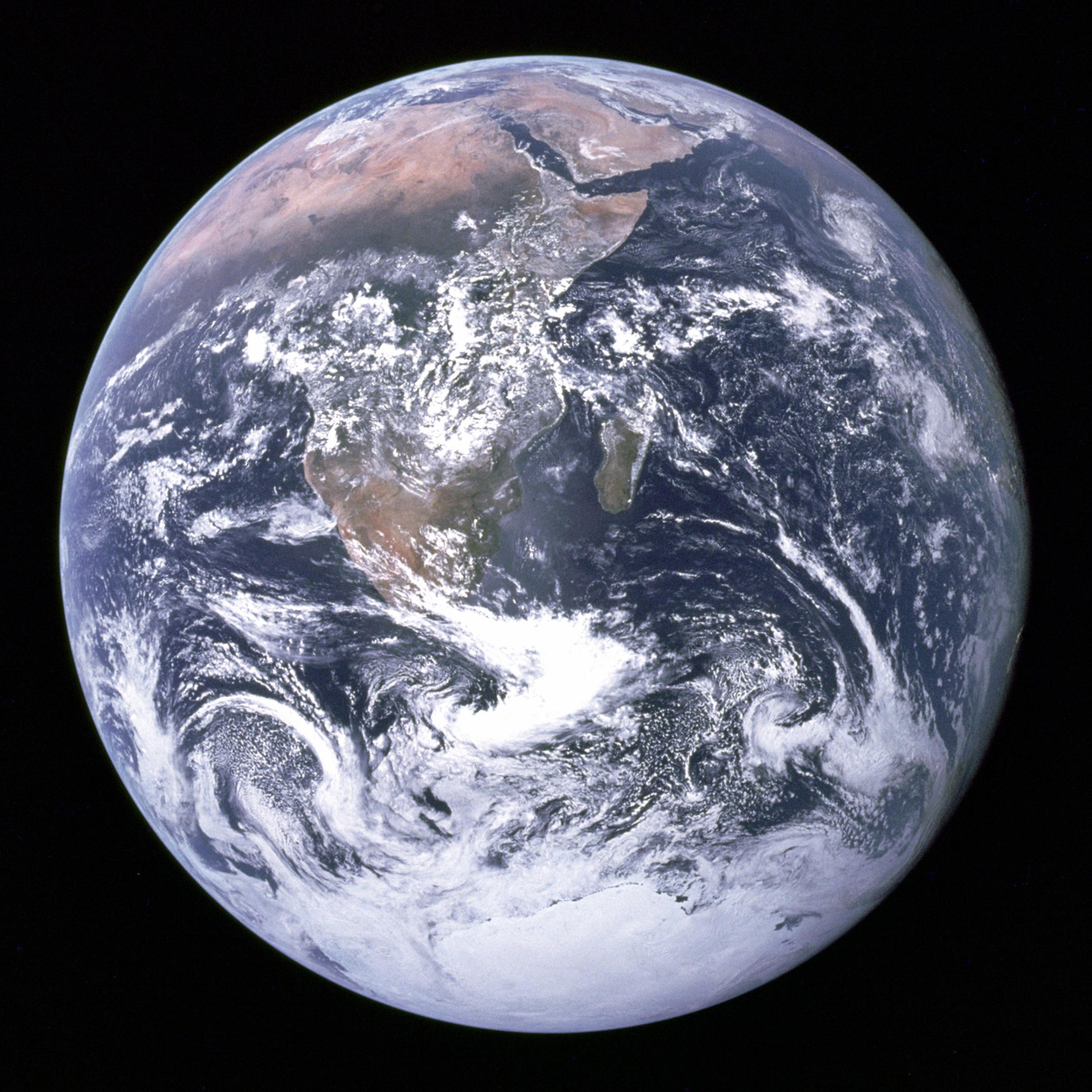
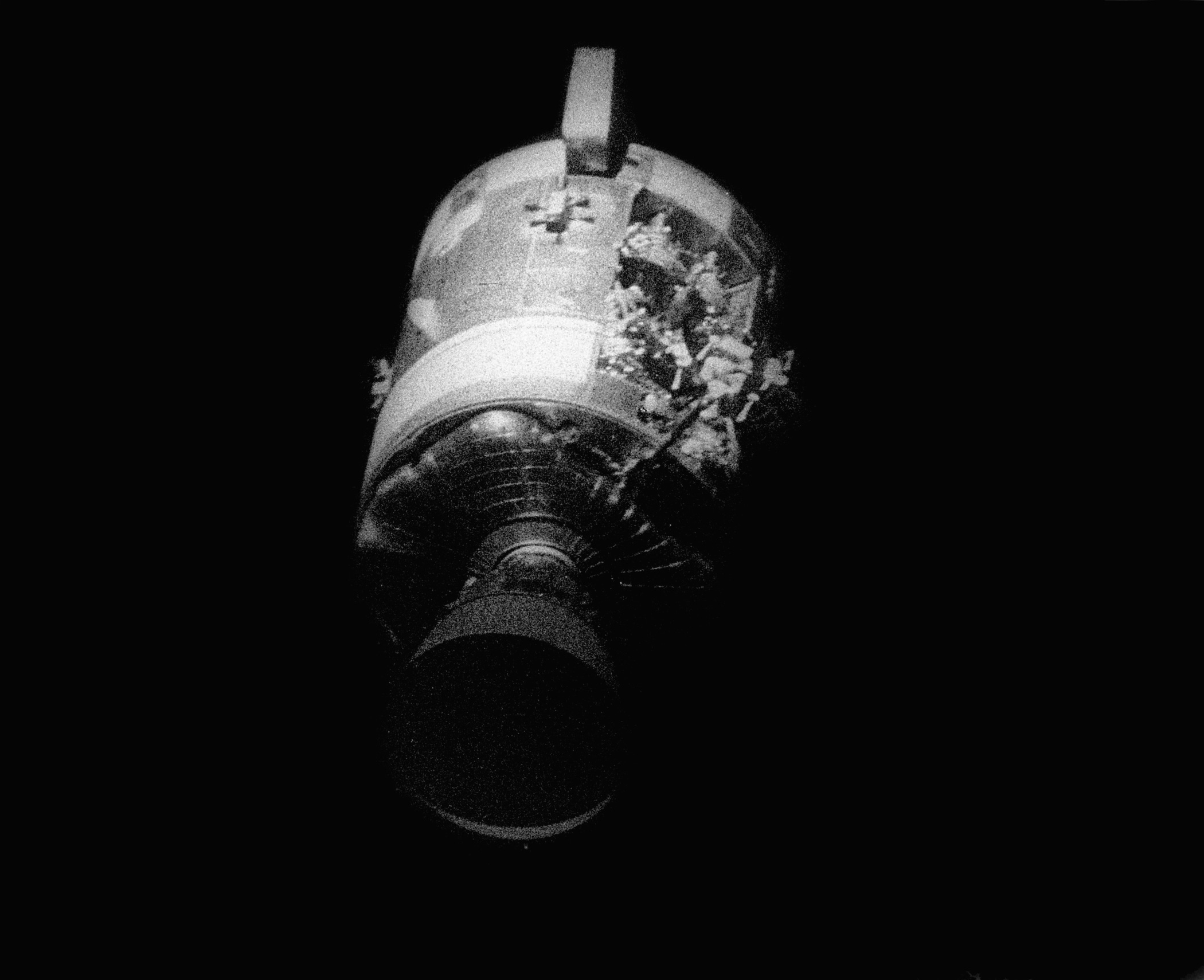
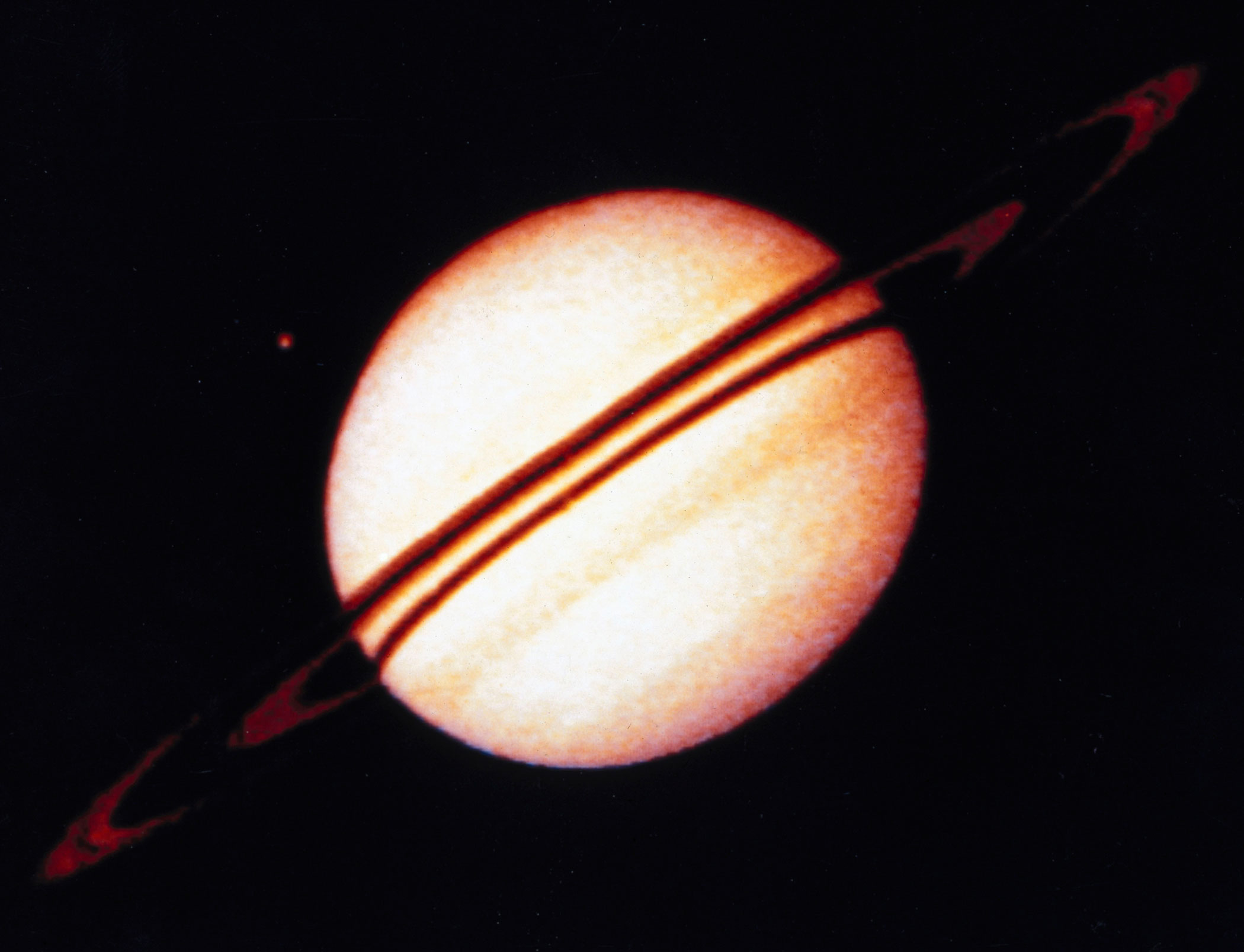

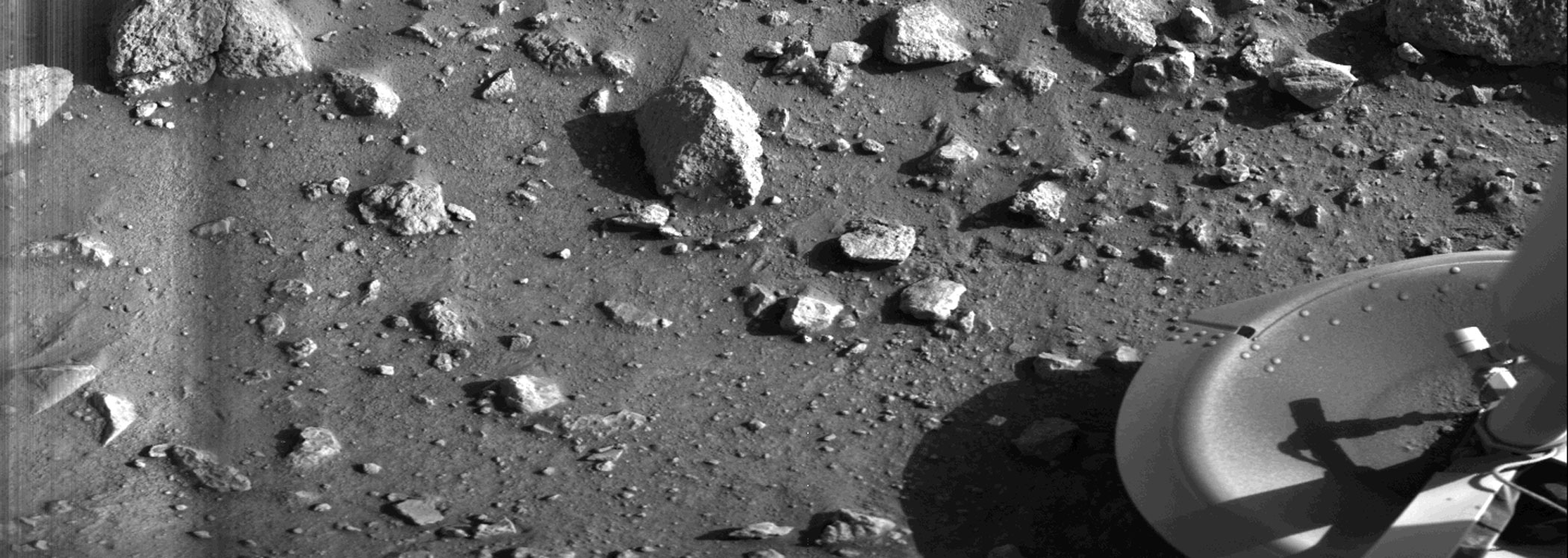
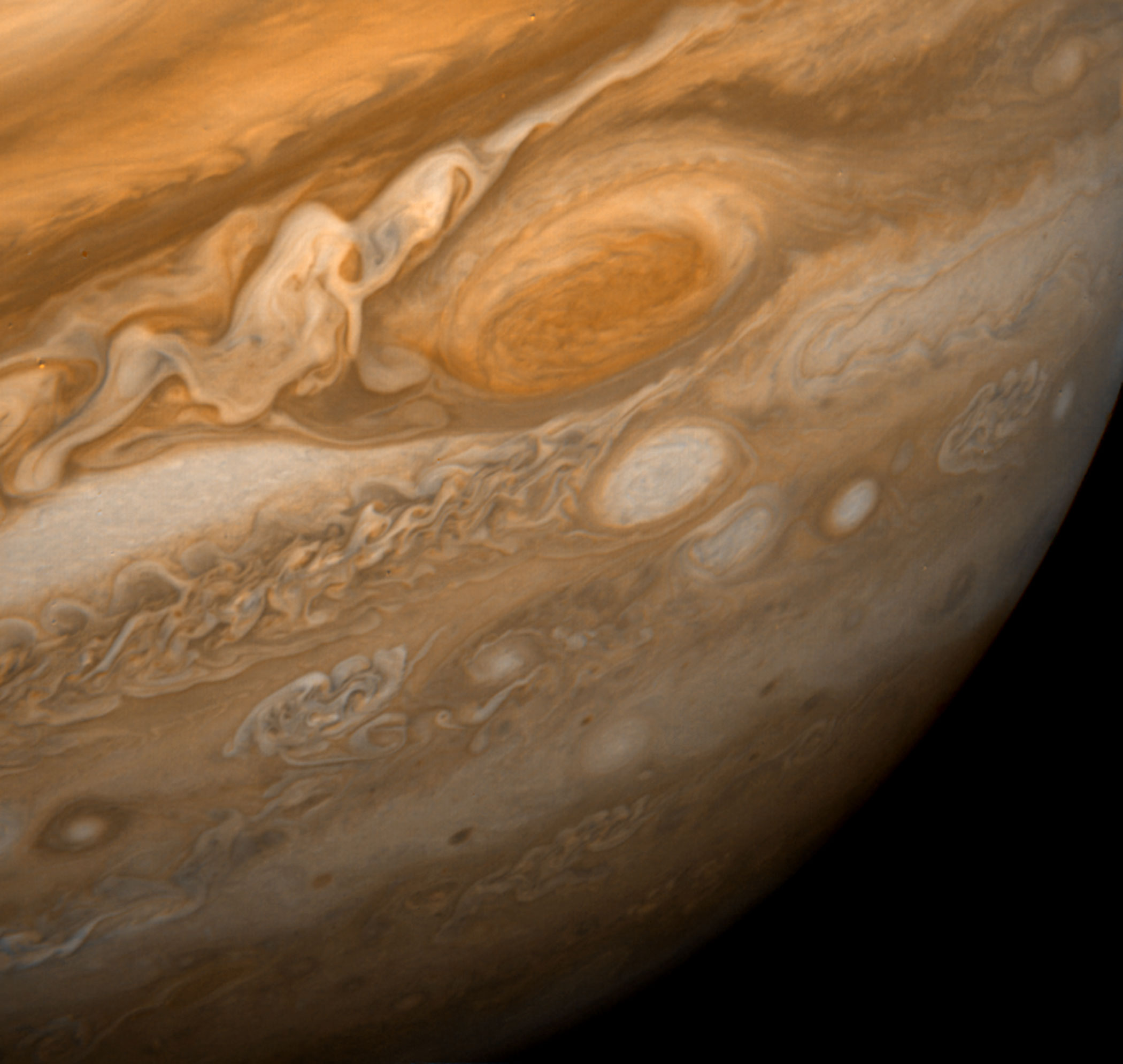
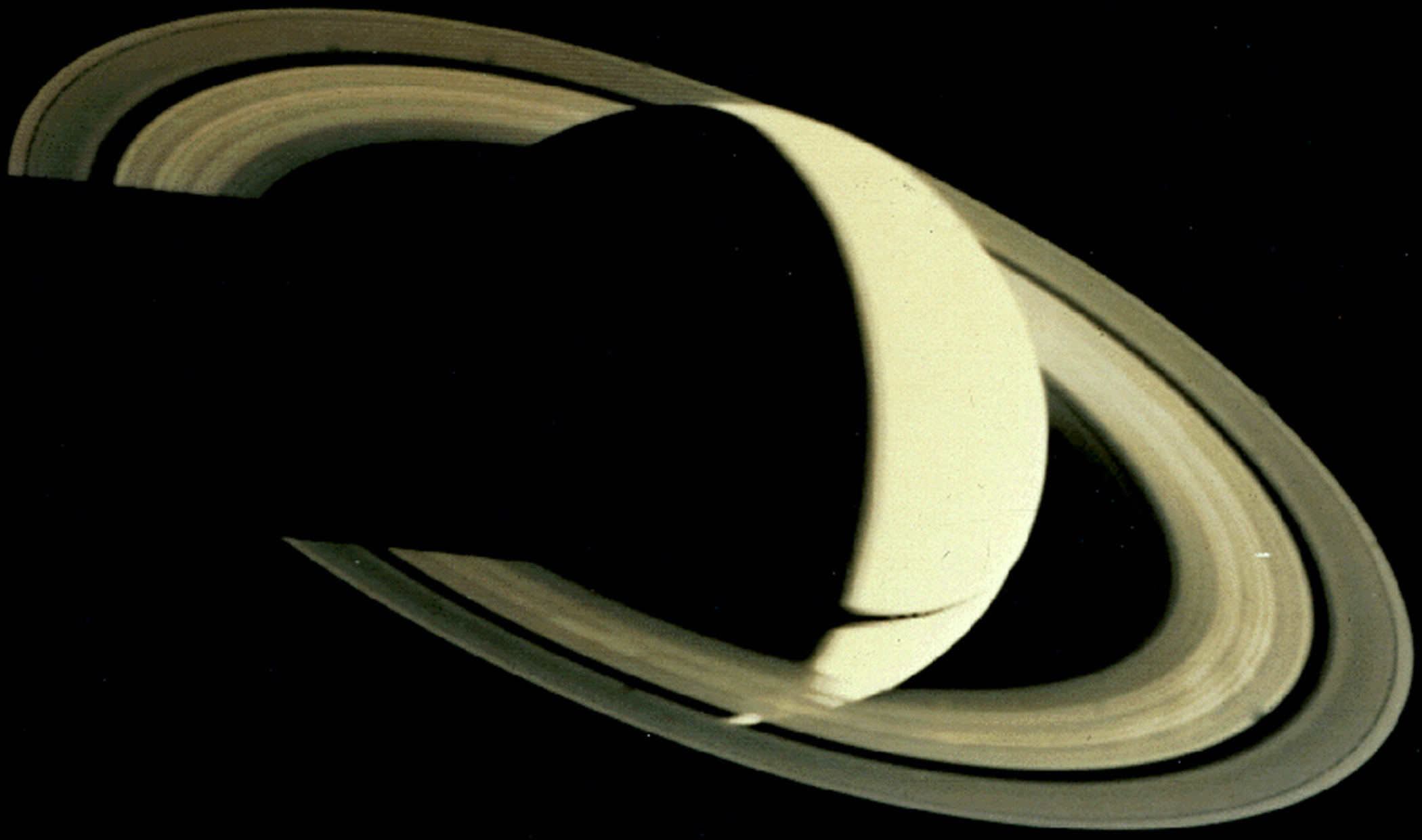

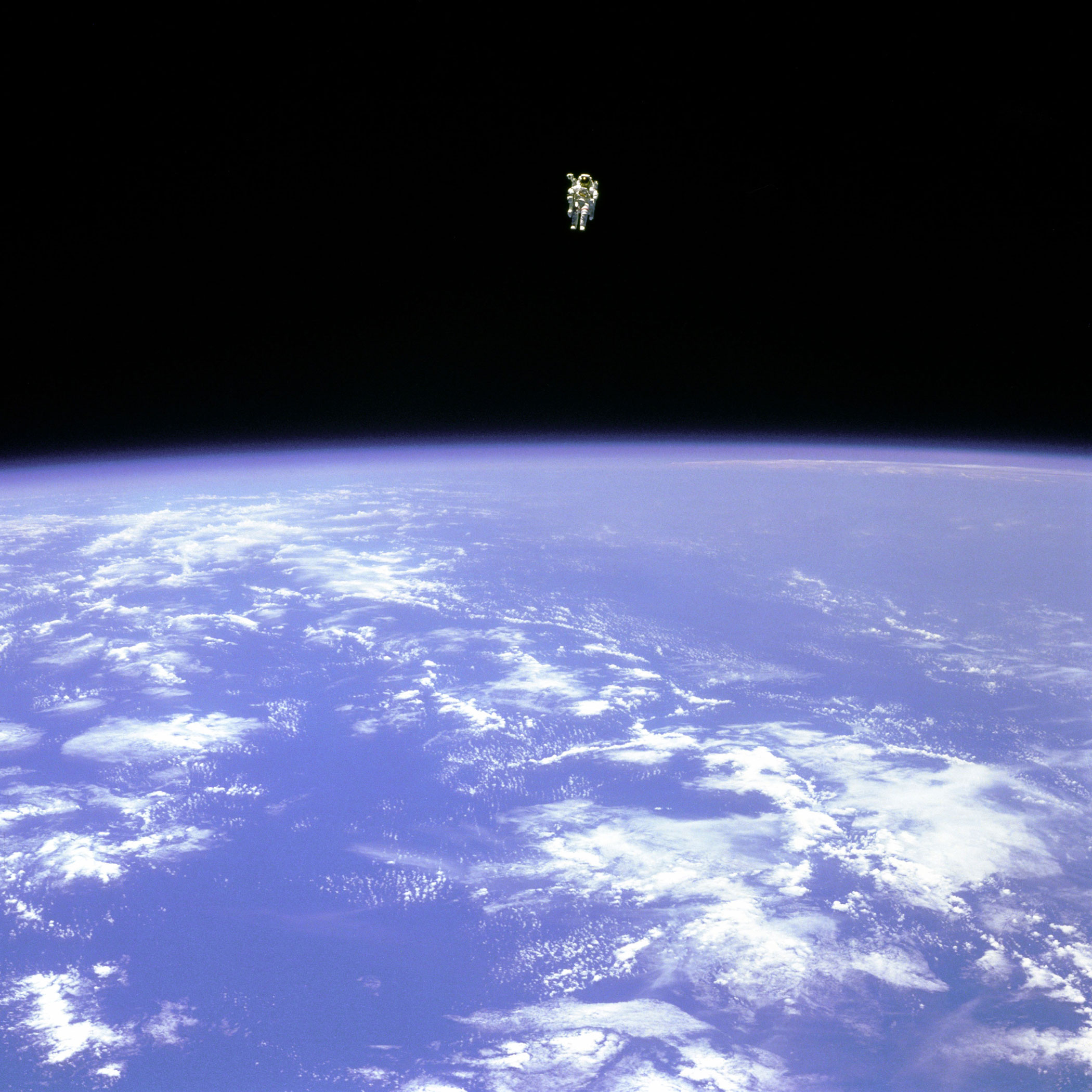
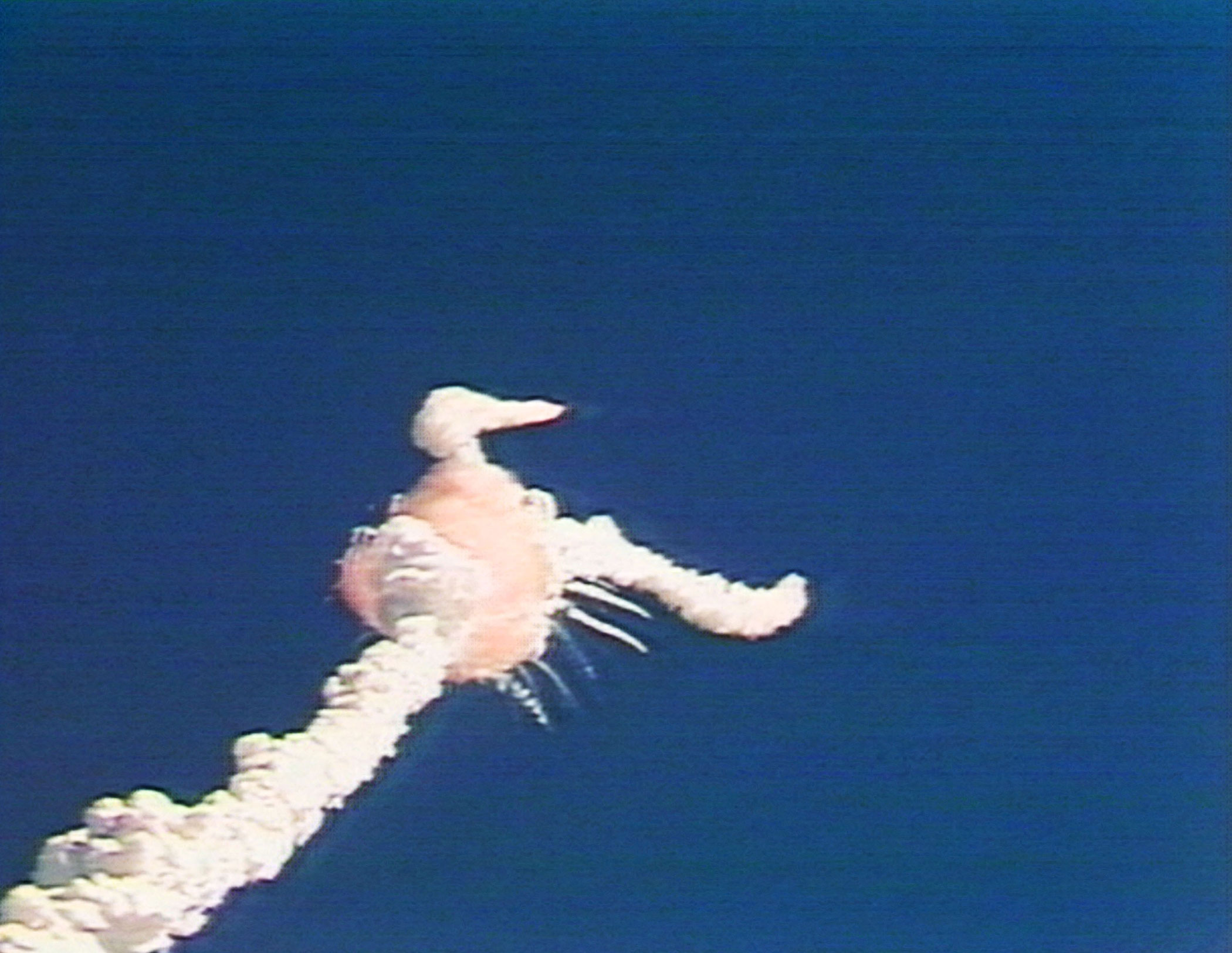
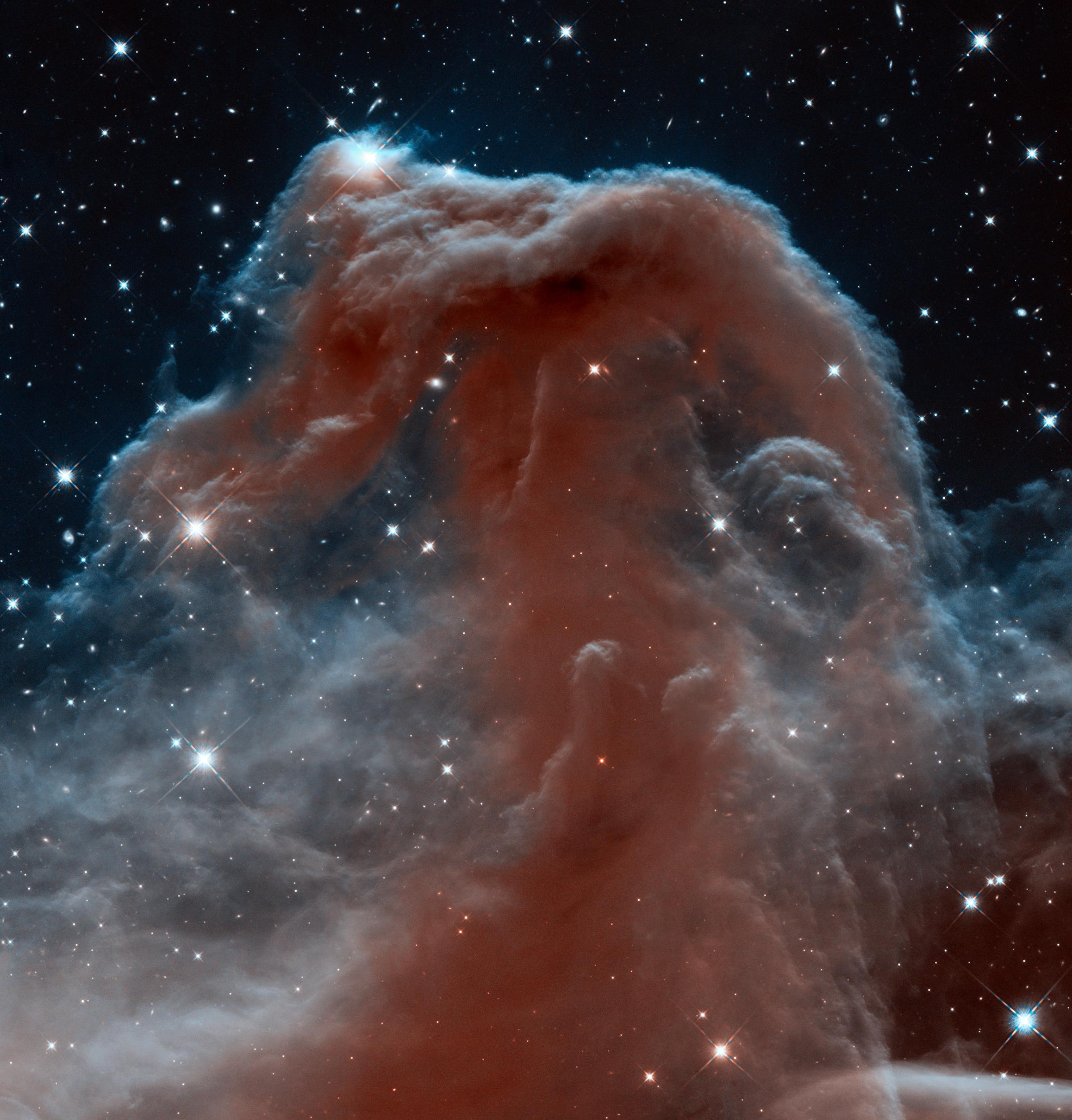
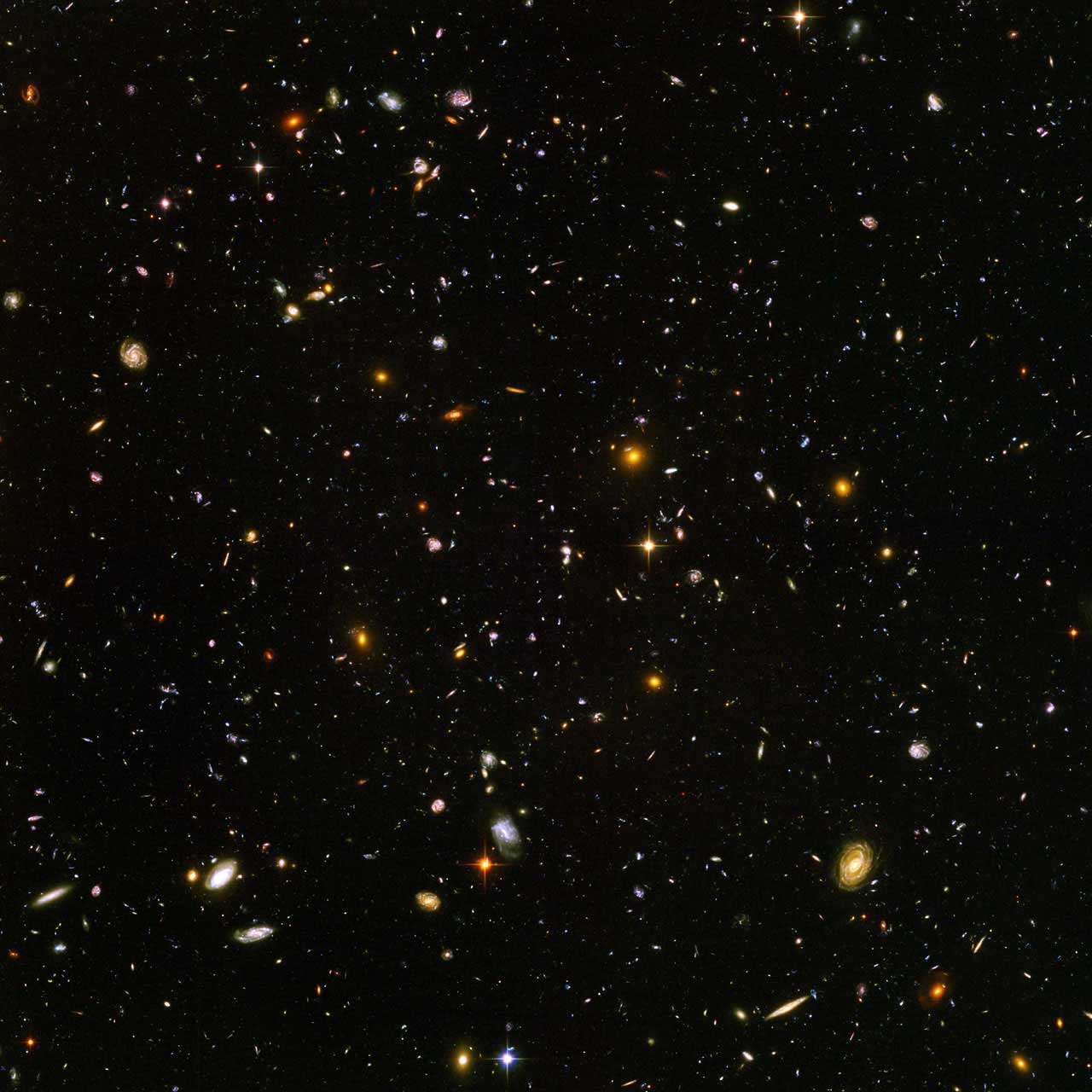
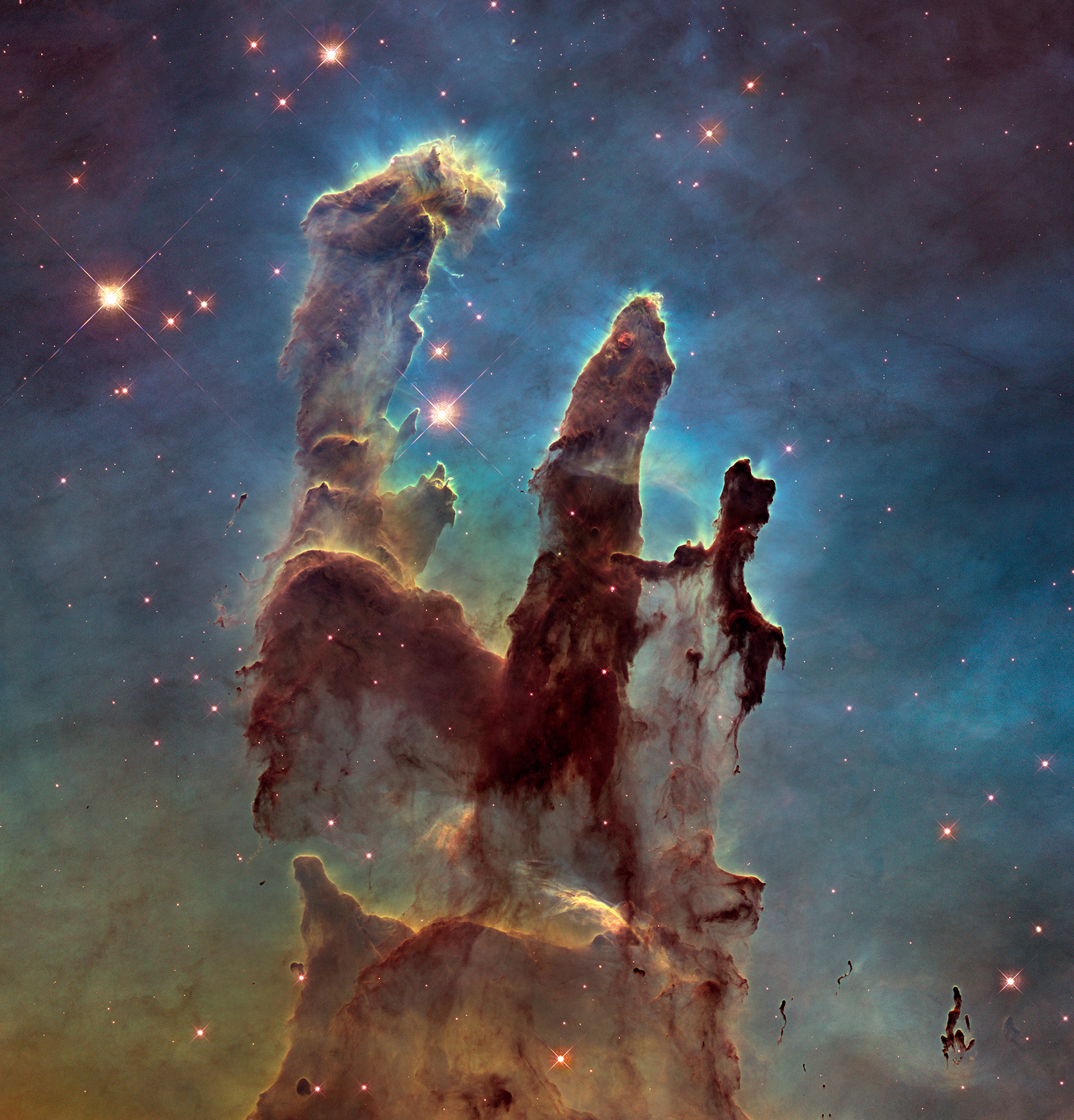

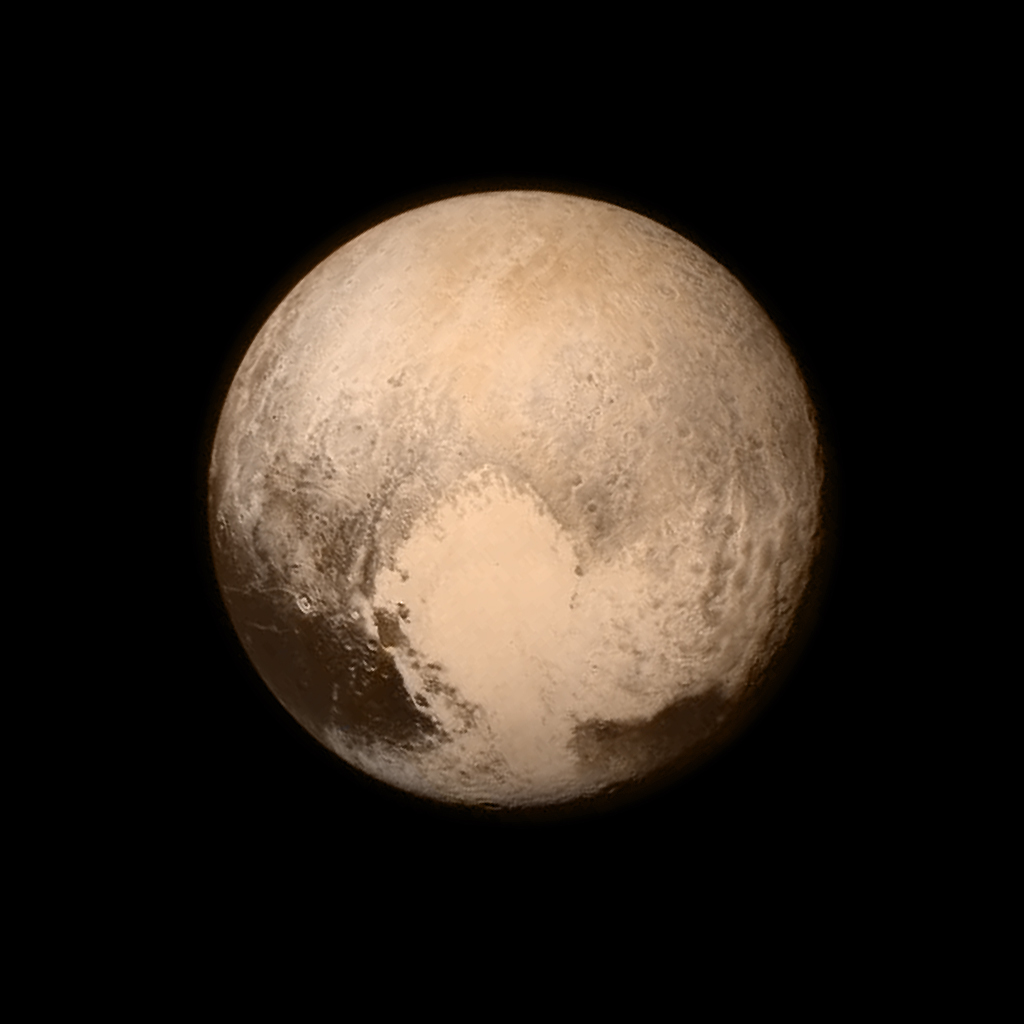
There are a lot of possible explanations for this, including a cosmic collision between a planet and a passing planetesimal—the kind of chance accident that is believed to have created our own moon; a smash-up in an asteroid belt that sent debris spiraling in all manner of directions; or a swarm of comets dragged in by a passing star and then gravitationally grabbed by KIC 8462852. There is also the possibility that KIC 8462852 is simply a young star, which is surrounded by an accretion disk of dust and rubble that has not yet swirled down into planets or been gobbled up by the star itself.
But there’s another possibility too: A Dyson Sphere, first proposed in 1960 in a paper in Science by physicist Freeman Dyson. The idea was that a highly advanced alien civilization would likely encounter some of the same technological issues our less advanced one has, including a shortage of clean, renewable energy. But a massive orbiting infrastructure of mirrors and solar panels circling the parent star would solve that problem, generating up to 400 septillion watts per second—or one trillion times Earth’s energy usage—to be tapped by the civilization at will. Heady stuff and entirely plausible—provided you stipulate the whole highly advanced alien civilization piece first.
And stipulating is what people have been doing. The Royal Astronomical Society paper, authored by Tabetha Boyajian, a postdoctoral student at Yale, thoughtfully addresses all of the natural explanations for the observed phenomenon and rejects them all—though with some qualifications and plenty of responsible hedging.
The accretion disk theory fails, for example, because a young star typically emits high levels of infrared radiation, and KIC 8462852 is low on the infrared scale. The asteroid belt accident has flaws as well, again because the infrared signature is wrong, and also because the dimming would be steadier and less intermittent than what has been observed. A similar frequency problem exists in the planetesimal theory. The comet swarm idea gets the most traction in Boyajian’s paper, but fails in part because the comets would likely move too close to the star, causing them to break apart from thermal or gravitational stress.
Boyajian does not declare a Dyson sphere the winning theory—or even mention a Dyson sphere or alien civilization at all. That responsibility has fallen to what is starting to seem like everyone else in the world who has heard of the paper at all. But it may be time for those people to take a deep, cleansing breath and think this through.
For starters, let’s consider Occam’s razor, first posited by 14th century philosopher William of Ockham, who said, in so many words, “Don’t overthink things, people.” When two or more competing theories are presented as an explanation for an idea, it is almost always the simplest one that is the answer.
The chatter over KIC 8462852 hardly abides by that dictum. If you’ve got a half a dozen natural scenarios that you reject as implausible and then an additional one that requires giant light-concentrating spacecraft built by aliens, and that’s the one passes your plausibility test, well, you might not have evaluated the probabilities as carefully as you should have. That’s not to say that the natural explanations don’t have problems—even perhaps fatal ones. Boyajian’s paper is a very well-reasoned piece of writing and she makes strong arguments. But she doesn’t firmly close the door on any of the natural scenarios, and she doesn’t even say that they represent an exhaustive list of the explanations.
Another argument used in support of the Dyson sphere is that all of the alternatives are transient phenomena, ones that would settle down or fizzle out over time. It would therefore be unlikely that we would just happen to have caught KIC 8462852 at the very moment (correcting for the 1,480 years of light-time lag) at which the drama was unfolding.
But the very same impermanence would be true of advanced civilizations. The Drake Equation, formulated by astronomer Frank Drake, the founder of the SETI (Search for Extraterrestrial Intelligence) Institute, crunches all manner of variables—including number of stars in the galaxy, the number with planets, and the number of those planets that could support biology—in order to determine the likelihood of an extraterrestrial civilization that we could detect from Earth. One of the most important of the limiting factors Drake includes is how long that civilization could survive without falling victim to an astronomical or environmental disaster, or, if the aliens are as bloodthirsty as humans, to some self-generated apocalypse.
If the life span of a civilization can be fleeting, the life span of the things it builds is even more so. We wipe our infrastructure out and rebuild it on a scale of centuries or even decades. If a civilization around KIC 8462852 exists, we’d be detecting the technological evidence of it in a relative nanosecond of its evolutionary arc.
Finally, the this-must-be-aliens crowd relies on the fact that no phenomenon remotely like the KIC 8462852 flickering has been observed by Kepler before in all of its years of sky-hunting. It stands to reason then that an extraordinary observation must have an extraordinary explanation. The problem is that Kepler has been staring through a keyhole. Those 150,000 stars sound like a lot until you consider that there are an estimated 300 billion stars in the Milky Way—which means Kepler has been looking at just 0.000049% of the sky. This is not quite the statistically significant sample group you need for a conclusive survey.
None of this completely rules out the idea that something fishy is actually happening at KIC 8462852—or at least was happening 1,480 years ago, when the light that Kepler detected left the star. Boyajian and her colleagues hope to turn a massive radio antenna in the star’s direction to take a closer look, perhaps as soon as early 2016, and see if that reveals more evidence.
Even if it doesn’t, however, it hardly suggests that there is no life in the universe. Indeed, depending on how you view things, it’s quite possible there’s plenty of it. Not only are there 300 billion stars in our immediate neighborhood, there are 100 billion or more other galaxies out there, all of which could be home to biology. What’s more, the stuff of life—water, hydrocarbons, amino acids—has been found throughout the universe. The recipe for life may be nothing more than chemistry plus energy plus time.
The KIC 8462852 lovers have things partly right: life is likely out there. But Ockham has it righter: probably not this time.
See Mysterious Photos of Water on the Surface of Mars
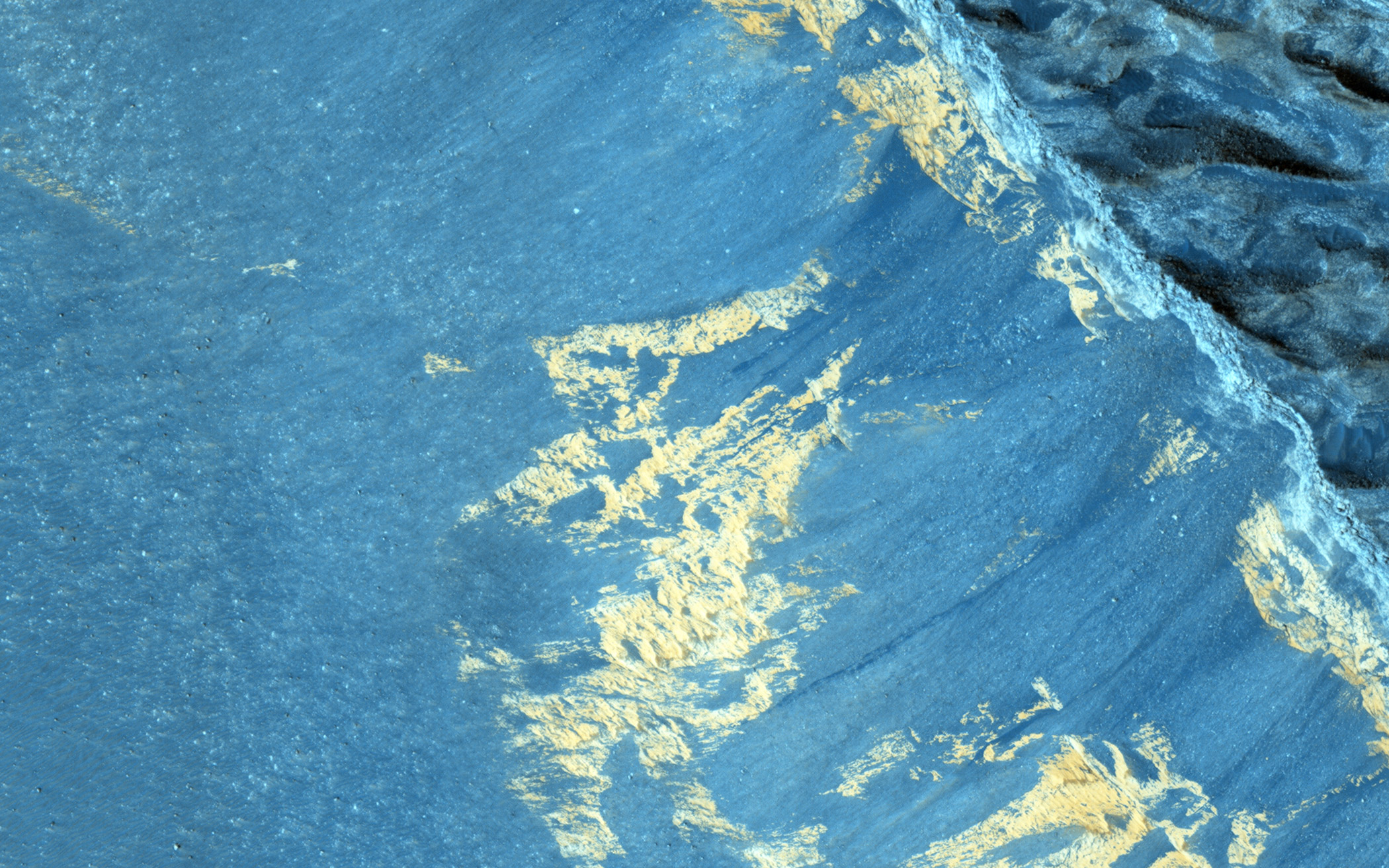
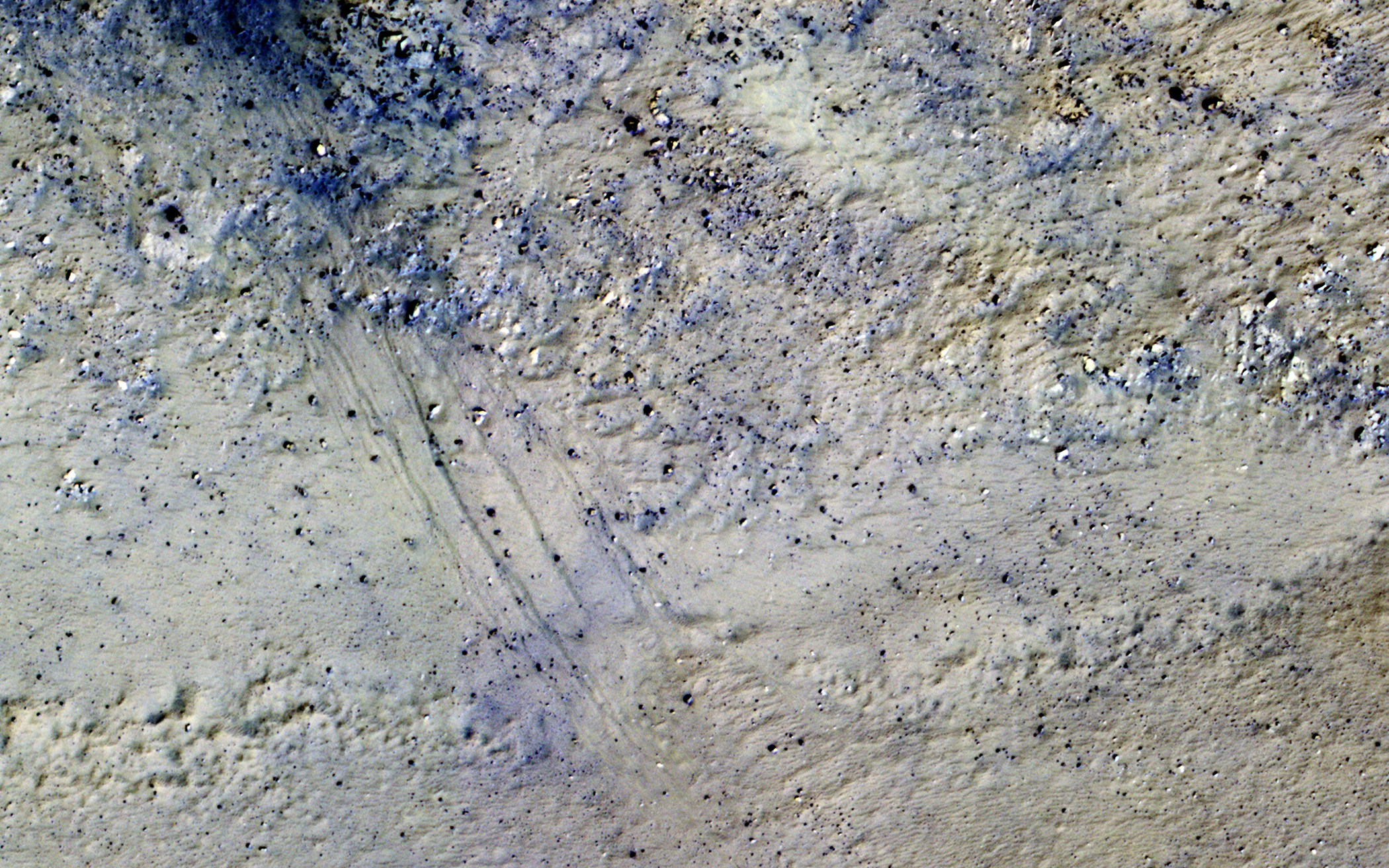
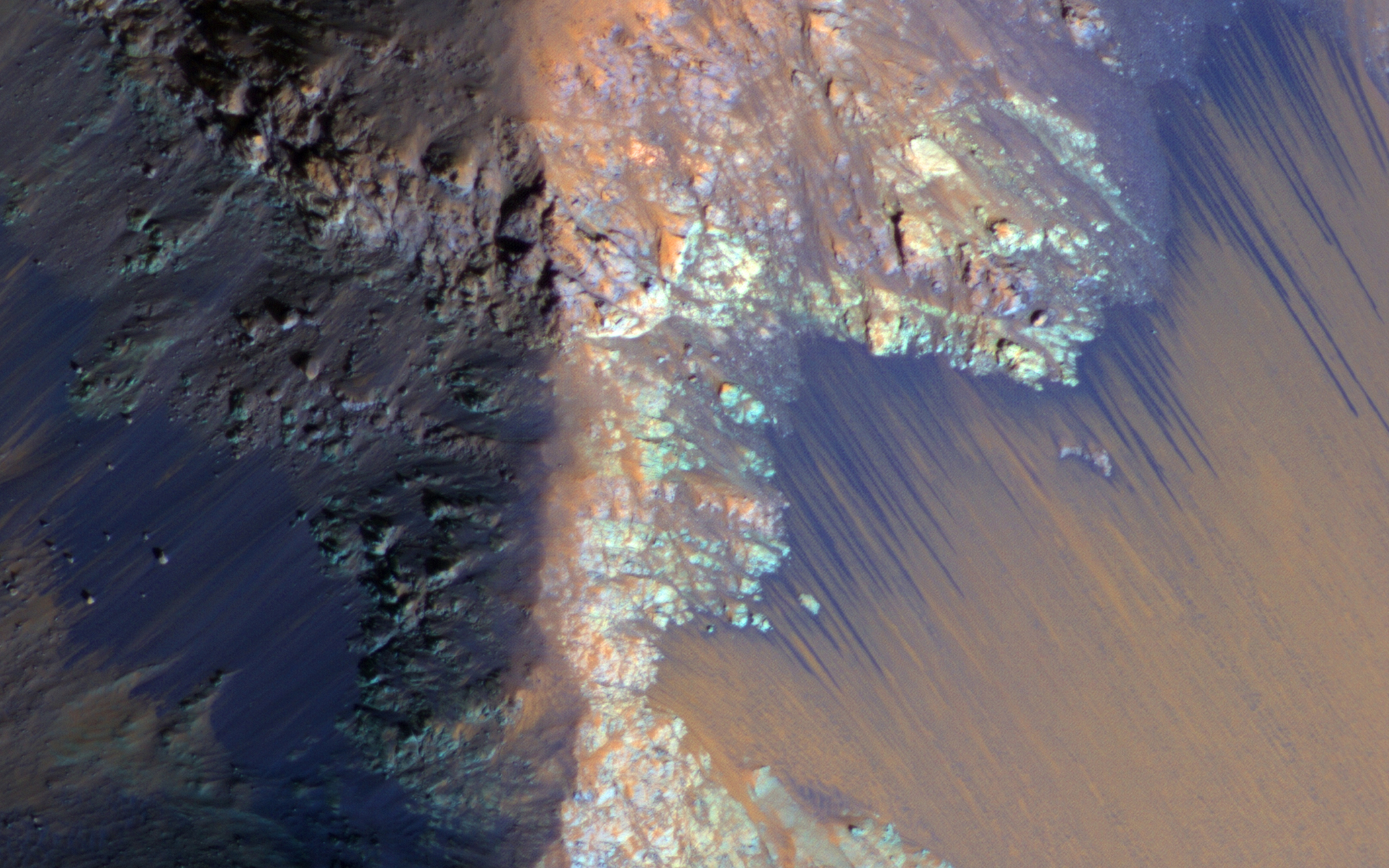







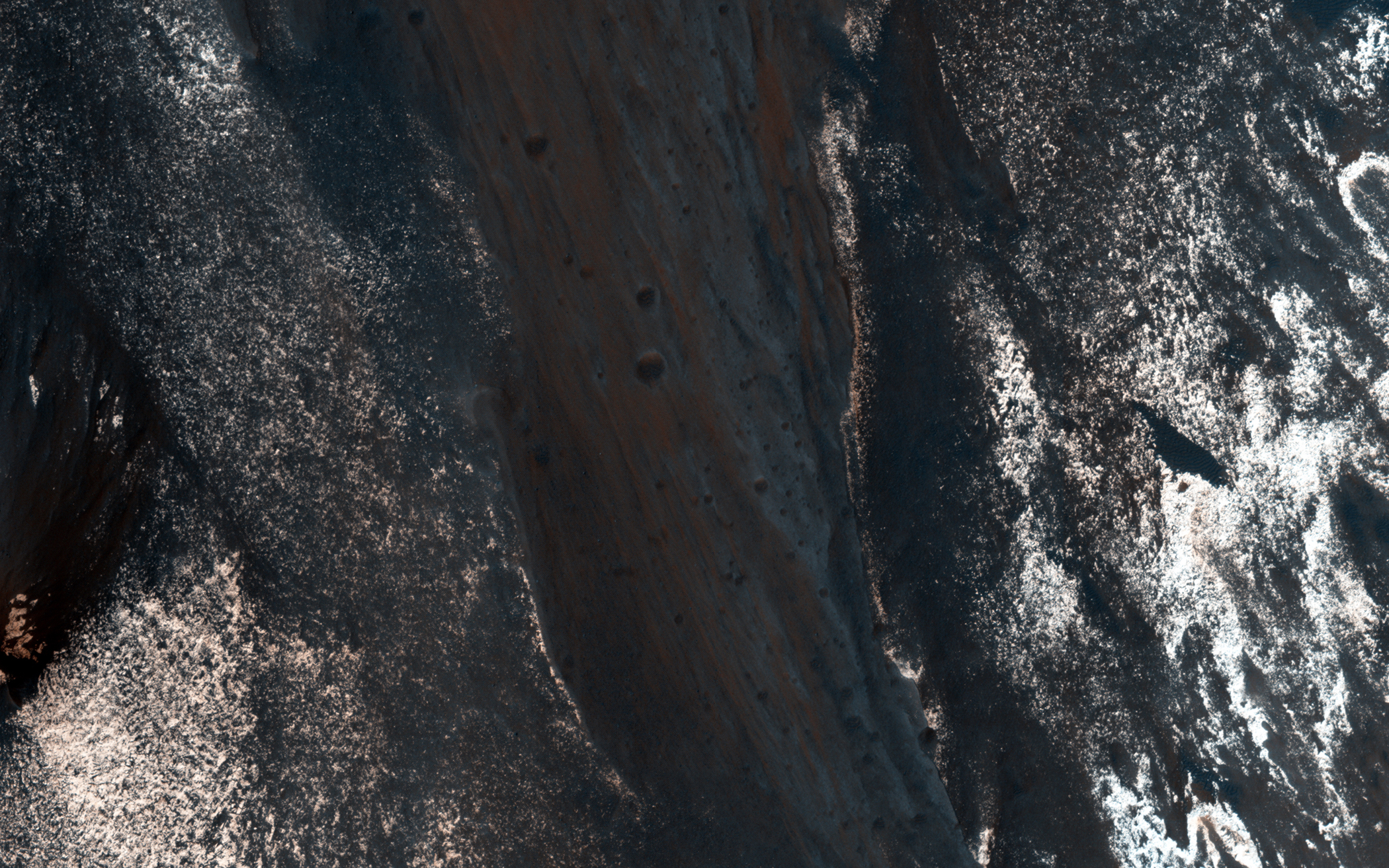





More Must-Reads from TIME
- Caitlin Clark Is TIME's 2024 Athlete of the Year
- Where Trump 2.0 Will Differ From 1.0
- Is Intermittent Fasting Good or Bad for You?
- The 100 Must-Read Books of 2024
- Column: If Optimism Feels Ridiculous Now, Try Hope
- The Future of Climate Action Is Trade Policy
- FX’s Say Nothing Is the Must-Watch Political Thriller of 2024
- Merle Bombardieri Is Helping People Make the Baby Decision
Write to Jeffrey Kluger at jeffrey.kluger@time.com